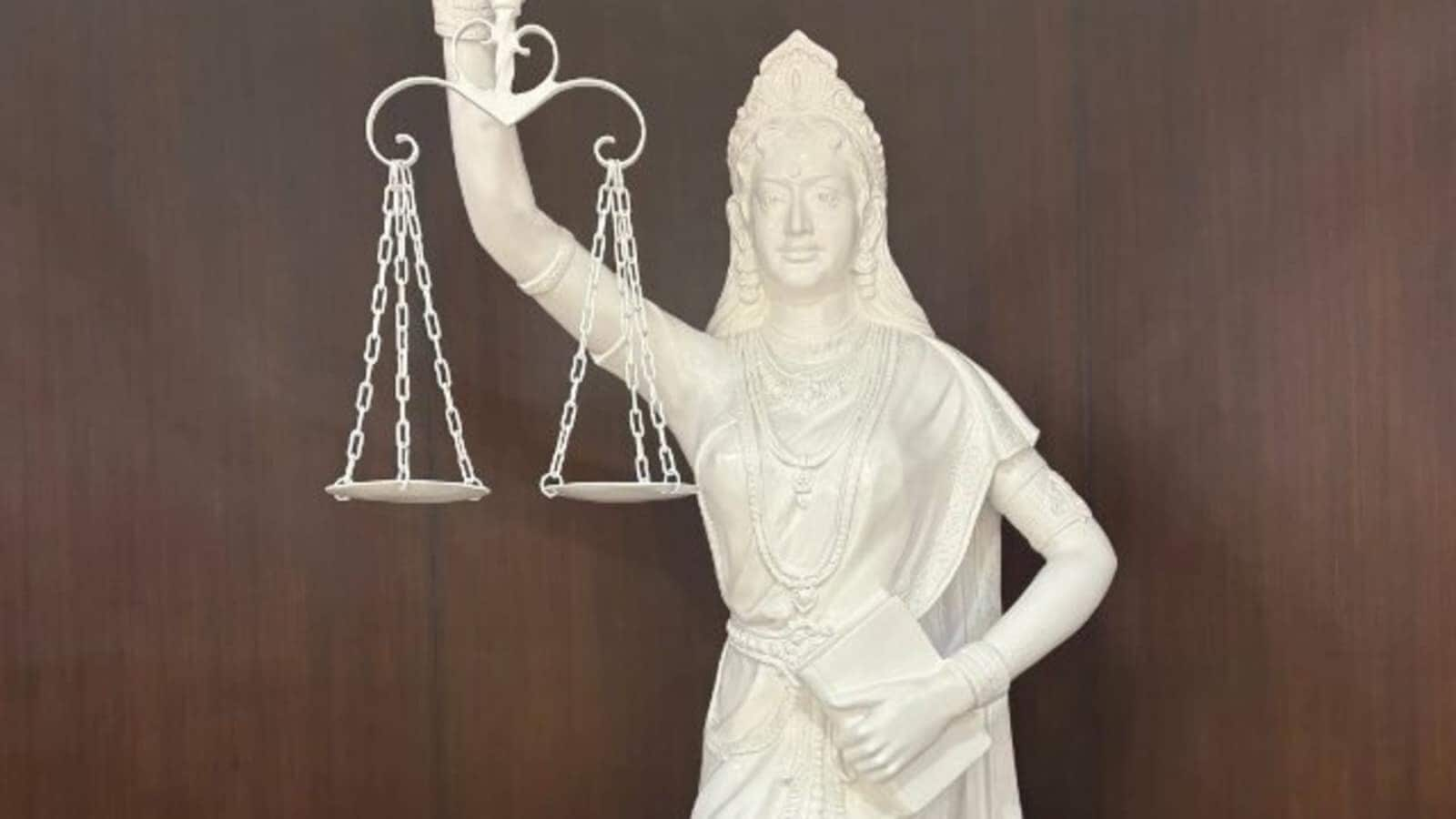
Why Supreme Court's new Lady Justice has removed her blindfold
What's the story
The Supreme Court of India has unveiled a new statue of the Lady of Justice, commissioned by Chief Justice DY Chandrachud. The statue is prominently displayed in the Judges' Library of the Supreme Court. Notably, this rendition deviates from traditional representations by excluding a blindfold and replacing the usual sword with the Indian Constitution. These changes symbolize that justice in India is not blind but sees everyone equally and is dispensed according to constitutional laws rather than punitive measures.
Symbolic shift
Statue reflects shift from colonial symbols to constitutional values
The new statue is part of wider judicial reforms launched by CJI Chandrachud to modernize India's judiciary and shed colonial legacies, NDTV reported. This includes replacing archaic laws like the Indian Penal Code with modern frameworks like the Bharatiya Nyaya Sanhita. The statue's saree, a breakaway from the conventional Western robe, further strengthens this association with Indian cultural identity.
Vision embodied
Statue's design embodies vision of modern judiciary
However, the scales, a significant aspect of both the old and new sculptures, remain unchanged, reflecting fairness and the unbiased weighing of evidence. Sources close to the Chief Justice's office have maintained that "the law is never blind, it sees everyone equally." Lady Justice is an allegorical representation of the moral force in judicial institutions. Her attributes include scales, a sword, and occasionally a blindfold.